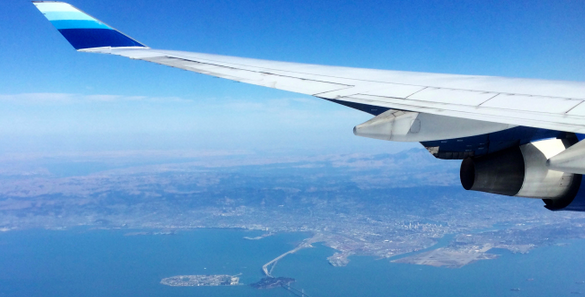FAA Allows Electronic Devices During Take Off And Landing
The FAA announced today the end of an era, the era of not allowing electronic devices to be legally used on airplanes in the country during take-off and landing.
However, the FAA is still saying that airlines reserve the right to make safety a first priority. It doesn’t mean that passengers can be obnoxious, cause a scene or do things that would otherwise bother people around them.
The time is here that many electronic obsessed frequent flyers have always dreamed of.
Here’s a list from the FFA outlining some of the changes:
1. Make safety your first priority.
2. Changes to PED policies will not happen immediately and will vary by airline. Check with your airline to see if and when you can use your PED.
3. Current PED policies remain in effect until an airline completes a safety assessment, gets FAA approval, and changes its PED policy.
4. Cell phones may not be used for voice communications.
5. Devices must be used in airplane mode or with the cellular connection disabled. You may use the WiFi connection on your device if the plane has an installed WiFi system and the airline allows its use. You can also continue to use short-range Bluetooth accessories, like wireless keyboards.
6. Properly stow heavier devices under seats or in the overhead bins during takeoff and landing. These items could impede evacuation of an aircraft or may injure you or someone else in the event of turbulence or an accident.
7. During the safety briefing, put down electronic devices, books and newspapers and listen to the crewmember’s instructions.
8. It only takes a few minutes to secure items according to the crew’s instructions during takeoff and landing.
9. In some instances of low visibility – about one percent of flights – some landing systems may not be proved PED tolerant, so you may be asked to turn off your device.
10. Always follow crew instructions and immediately turn off your device if asked.
